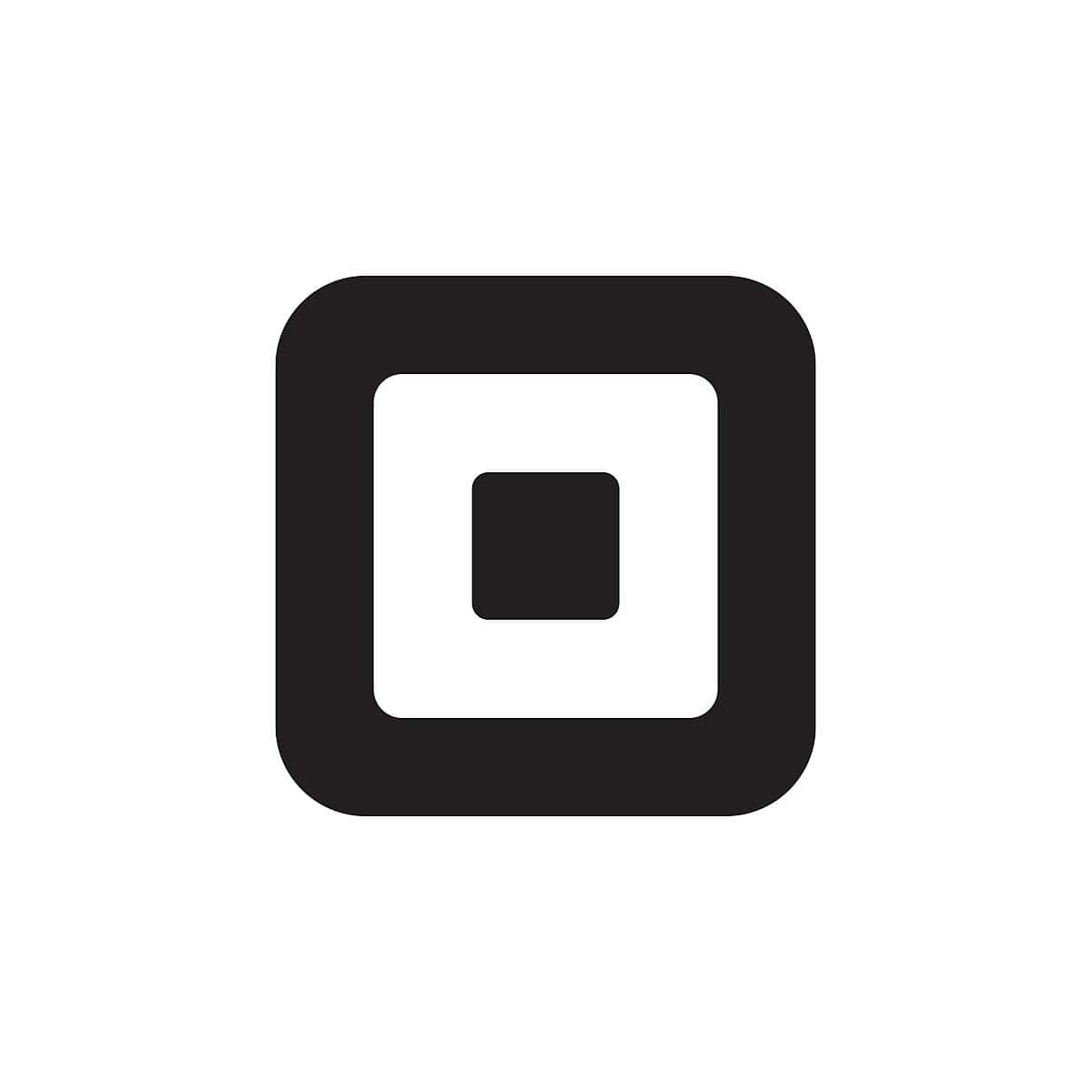Wondering how to accept ACH payments or how you can encourage customers to pay you via ACH? Our step-by-step ACH guide will help you get started and show you the benefits of this payment method.
Our content reflects the editorial opinions of our experts. While our site makes money through
referral partnerships, we only partner with companies that meet our standards for quality, as outlined in our independent
rating and scoring system.

ACH payments are safe, easy, reliable — and usually less expensive than other payment methods. So, if your small business is not already accepting ACH payments, it may be time to start.
If you’re new to ACH and want to learn the basics, start with our guide to ACH payments. You’ll learn, for example, that ACH stands for Automated Clearing House, an electronic payment network. It’s run by an organization called Nacha that monitors member banks and credit unions and enforces ACH standards.
Keep reading to learn more about ACH, including how to set up ACH payments and get your customers to pay by ACH.
How To Set Up ACH Payments
The easiest way to set up ACH payments may be through your business bank account. In that case, you’ll simply share your bank information with your customers and ask them to initiate payment.
Here is a list of information you may need to get started:
Information Needed For ACH Transfers
- Business Bank Account Information: You’ll need your business bank’s routing number and your checking or savings account number.
- Customer Payment Information: To process an ACH payment, you’ll also need the payer’s bank routing and checking/savings account numbers.
- Virtual Terminal Or Web Form: To process payment for mail and telephone orders, you’ll need to enter payment information. You’ll need a web form to collect information on your online store’s sales checkout page for website payments.
- Payment Processor: If you’re taking ACH payments online, you’ll most likely need a payment gateway to transmit the data required for the ACH transaction.
- ACH Authorization Form: If customers are paying in person or through the mail rather than online, you’ll probably ask them to complete an ACH authorization form that includes the following: names and contact information for both the payer and the payee, payment details, including amount and schedule (one-time or recurring), a statement authorizing the form, and an explanation of how to cancel the agreement (including how much notice is required). Be sure to date this agreement, and add the payer’s and the payee’s signatures.
If you’re planning to use a third-party payment processor, you’ll need to choose an ACH processing provider. The simplest option may be to add ACH as a payment option with your current provider, although you may want to research costs before you choose this route.
How To Start Accepting ACH Payments
If you want to save money and see more secure customer payment methods, you’re ready to add ACH as a payment option for your customers. Here are five things you can start doing today:
Step 1: Pick A Provider
If you’re already using a merchant service account or payment gateway, start your search there. If you’re just starting to accept payments, take a look at our list of the best payment processors that provide ACH and credit/debit card payment processing in a single package.
Be sure you understand the terms and conditions for using ACH payments with the provider you choose. Please pay attention to application fees, account setup fees, and monthly fees that could affect your income. Look at the ACH payment processing fees, too, and make sure they compare favorably to credit card processing fees. If it seems high, keep looking.
Step 2: Set Up Your Account
If you already have a merchant account with a payment processor, this can be as easy as adding ACH as a payment option. You’ll need to undergo a separate underwriting process and may have to pay additional fees to set up ACH payments.
If you’re planning to use a bank account to accept ACH payments, you will need to set up a business bank account if you haven’t already. Once your bank account is active, simply provide customers with your bank’s routing and account numbers. Your customers can initiate ACH payments with no further work needed on your end.
Step 3: “Sell” Customers On ACH Payments
ACH payments benefit not only your business but also your customers. Studies show that the cost of issuing a paper check for a business expense averages around $6 per check, including postage, supplies, and employee time.
It’s rare to find a business bank account or corporate credit card that does not offer free bill payment services. These services are a type of ACH transaction. So rather than spending time and money and exposing themselves to the risk of lost mail and identity theft, your customers can pay you safely, securely, and for free using ACH payments.
You just need to let them know how. In the next section, we’ll share some suggestions for doing that.
Step 4: Collect & Share Payment Information
If you want to use ACH payments to replace paper check payments, you’ll need to share your business bank account information with your customers and share your own with them. That information is required to initiate the ACH transfer of funds.
If you’re using ACH to replace credit card payments, particularly from online sales, you won’t need to share as much information. Your customers should be able to enter their information on your online store using a special web form, and initiate the ACH transaction on their own.
Step 5: Start Accepting ACH Payments
Once you’ve picked a payment provider, set up your account, and let customers know you prefer ACH payments, you can start accepting ACH transactions.
To ensure your customers are aware of this payment option, you may need to highlight ACH payment details on your online store’s checkout page or the invoices you send out via mail or email.
How To Get Your Customers To Pay By ACH
Although encouraging customers to move to ACH payments may take time and effort, it’s worth the effort. Here are some strategies that can help you along the way:
Invite New Customers To Use ACH Payments
Since it’s hard to change payment behaviors, it makes sense to start new customer relationships on the right foot. That means letting new customers know that ACH is your preferred payment method.
When you onboard new customers, set that as an expectation while providing alternatives for any customers who resist.
Encourage All Customers To Pay By ACH
Most accounts payable departments operate in auto-pilot mode, and they often continue doing things the way they’ve always been done. So you may have to make a little noise if you want to encourage them to adopt a new payment method.
Add a line to invoices, put a notice on your online store’s checkout page, and have your customer service team mention it to customers — particularly those who often pay invoices after their due date. Let them know that setting up ACH payments can reduce their workload and simplify the process of paying the bills.
Tell Customers About ACH Benefits
ACH payments make sense for you, the seller. But they also make sense for your customers, particularly those who are used to paying you with paper checks or eChecks.
As a recap, when customers use ACH, their payments are:
- Less expensive
- Labor-saving
- Faster
- More secure
- Less susceptible to fraud
- Easier to track
If you have a marketing team, ask for help crafting a letter to “sell” customers on the idea of shifting to ACH payments. Don’t shy away from explaining how ACH transactions benefit your business, why ACH is your preferred payment method, and how your customers can benefit from ACH, too.
Repeat The Invitation To Use ACH
Every good salesperson knows it’s not enough to ask just one time. When you want your customers to change their behavior, you’ll need to ask many times, and in different ways, before you hear the Yes you’re hoping for.
Be prepared to follow up. Call some of your customers to make a personal pitch for using ACH. Ask your reps to explain and encourage ACH when they call on business customers and when customers call in their orders.
Make sure to time your requests right. If you ask at the end of the month, when payments are already in process, you probably won’t succeed. Asking at the beginning of the month or the beginning of the year may yield better results.
Prioritize The Payments & Customers That Will Save You The Most
Make ACH payments an option, and more than a few customers will probably start using ACH. What about the rest? You don’t want to give up, but you also don’t want to waste too many resources chasing down customers who will never change.
Our suggestion: Look at your customer list and decide which you should target for special efforts to convert their accounts to ACH payments. It could be those customers who often pay late and require costly follow-up efforts or those whose payments are large enough that reducing their payment processing fees could make a difference for you.
Maybe it’s those customers who place the same orders every month and have the same payment amount each time. Automating their orders and payments could save you both time and money because ACH makes it easy to process recurring payments.
Incentivize Customers To Use ACH Payments
It shouldn’t be your go-to move. But if your customers firmly resist ACH payments, it may be worth offering them an incentive to make the switch.
Before you can offer a discount to customers who move from paper checks or credit cards, you’ll need to understand how ACH transactions affect your bottom line. Don’t give away more than you’ll realize in savings on payment processing fees.
Remember that ACH transactions can save you more than just transaction fees. You can also avoid the cost of chasing down late payments, and if your payment and accounting systems are integrated, ACH payments may be faster and less expensive to process.
An ACH discount can look different for every business, but it should be uniform for all customers or for those in similar tiers, such as B2B vs. B2C. A small discount might be a good incentive, or you may see better results with a small one-time discount.
Because using ACH benefits customers, too, you may be able to meet your ACH transaction goals with a one-time reward. Think outside the box and focus on what might motivate customers the most. It could be a charitable discount, a free gift, priority access, or something else. Don’t feel like you need to spend a lot on incentives; the key is finding the right motivation.
Learn From ACH Experts
If you’ve done everything you can think of and you’re still not seeing enough customers start to adopt ACH as their preferred payment method, it may be time to call for help.
You could pay a consultant to offer guidance. First, we suggest you take advantage of a free offer from Nacha, the organization that governs the ACH network. You can sign up for a free 15-minute consultation from Nacha, and use your time to discuss strategies for encouraging customers to pay via ACH transaction.
The Bottom Line On ACH Payments
ACH payments electronically transfer funds from a customer’s checking account directly into your business account. They make your customers’ payments more secure and are typically less expensive for your business to process.
For these reasons, ACH transactions may become your preferred payment method or simply another choice in a variety of payment options that include alternative payment methods like digital wallets, cryptocurrency, and even cash apps such as Venmo or Zelle for Business.
If you want to make more sales and simplify collecting payments, allow customers to choose the payment method that works best for them. It’s worth learning how to accept ACH payments so you can give customers one more payment option and — hopefully — capture the sale.
For specific recommendations on where to get the most affordable ACH processing services, check out our guide to the best ACH payment processors for small businesses.
FAQs: Setting Up ACH Payments
Do all banks accept ACH payments?
Almost all US banks and credit unions are members of Nacha, the governing body of the Automated Clearing House (ACH) network, and can accept ACH payments. While it’s rare for banks outside the US to accept ACH payments, many other countries have their own automated payment networks, and Nacha coordinates with many of those.
Are ACH deposits available immediately?
No, ACH deposits are not available immediately. ACH transactions are batched and processed at several set times throughout the day. Once an ACH transaction is processed, you should see the funds in your account within 2-5 business days.
How much does it cost to send an ACH payment?
It’s usually free to send an ACH payment. For example, many banks offer online bill payment services at no charge. However, if you’re the one receiving an ACH payment, you’ll have to pay a small percentage or a flat fee for each transaction.
How do I set up recurring ACH payments?
It’s easy to set up recurring ACH payment fees. You will need a recurring authorization form with information and signatures from both buyer and seller that includes bank account information, payment amount, payment frequency, and information about how to cancel the agreement. Once you provide this information to your ACH payment processor, your work is done.
What platforms let you accept ACH payments?
Almost all merchant service providers offer ACH payment processing, either included with your account or as an optional add-on. Top names include Helcim, Square, Stripe, and Braintree.












